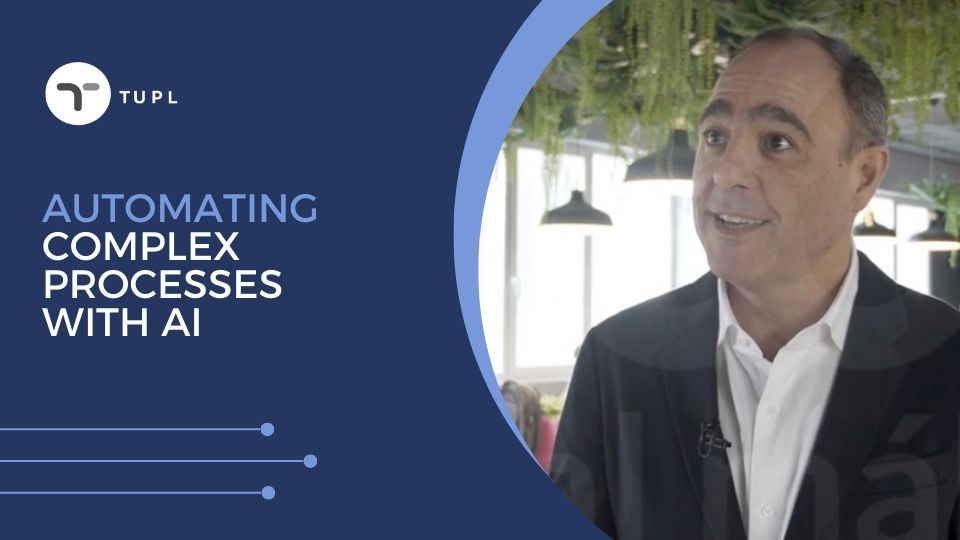Introduction
In the rapidly advancing world of smart manufacturing, Automated Defect Detection for Manufacturing is transforming how quality control is executed. Combining high-resolution imaging and artificial intelligence, this technology empowers factories to automate inspections, reduce errors, and scale operations with precision. It’s not merely a technological enhancement—it represents a pivotal shift toward intelligent, adaptive production.
Why Traditional Inspection Methods Fall Short
Legacy inspection methods and manual checks remain widespread but are increasingly inadequate:
- Human inconsistency: Fatigue and subjectivity lead to varied results.
- Rigidity: Conventional machine vision systems rely on static rule sets, making them brittle in dynamic environments.
- Scalability limits: Higher production volumes strain older systems, reducing accuracy.
In contrast, automated defect detection solutions powered by AI are adaptive, scalable, and precise—ideal for Industry 4.0.
What Is Vision AI Quality Inspection?
Automated Defect Detection for Manufacturing utilizes two main technologies:
- Computer Vision: High-resolution cameras capture product images in real time.
- Artificial Intelligence: Deep learning models analyze these images, identifying defects like surface flaws, misalignments, or missing components.
The models are trained on large datasets to recognize even minute anomalies, enabling highly accurate real-time inspections.
Benefits Across the Manufacturing Lifecycle
1. Real-Time Inspection and Feedback
Defects are detected instantly, allowing production teams to intervene immediately—halting faulty runs or adjusting equipment settings without delay.
2. Enhanced Quality and Consistency
AI ensures every product is evaluated using the same high standard, reducing variability and improving customer satisfaction.
3. Cost Savings and Waste Reduction
By minimizing false positives and missed defects, manufacturers cut down on scrap, rework, and returns—delivering real financial impact.
4. Workforce Enablement
Rather than displacing workers, Vision AI tools empower them to shift focus to higher-value tasks like process optimization and strategic problem-solving.
5. Scalability
Cloud-deployable models allow seamless replication across multiple lines or facilities, maintaining standardization with minimal effort.
Key Industries Adopting AI-Based Inspection
Automotive: Detects flaws in welds, paint, and panel alignment to meet safety and aesthetic standards.
Electronics: Catches microscopic issues in PCB soldering and component placement.
Food & Beverage: Verifies packaging integrity and label accuracy, protecting both brand and consumer.
Pharmaceuticals: Ensures compliance through precise pill counting, blister pack checks, and barcode verification.
ROI Metrics That Matter
To assess the impact of Automated Defect Detection for Manufacturing, businesses track:
- Defect Detection Rate (DDR): Improved identification accuracy.
- False Positive Rate (FPR): Fewer unnecessary flags.
- First Pass Yield (FPY): More products pass QA on the first try.
- Throughput Efficiency: Higher inspection volume without added labor.
- Customer Complaints: Decrease due to improved consistency.
These metrics not only validate the investment but drive continuous improvement over time.
How Vision AI Integrates Into Production
Deploying automated inspection systems includes:
- Hardware Setup: Installing smart cameras and lighting.
- Model Training: Feeding historical defect data into AI systems.
- No-Code Interfaces: Tools like Tupl’s platform let QA teams configure workflows without programming.
- System Integration: Real-time data flows to MES/ERP systems for process traceability and optimization.
Phased rollouts align with broader digital transformation goals.
Real-World Example
A Tier 1 automotive supplier adopted Automated Defect Detection for Manufacturing for final assembly inspection. Within three months, they:
- Cut undetected defects by 40%
- Boosted throughput by 20%
- Saved $750,000 annually in warranty and rework costs
Using a no-code AI platform, their QA team fine-tuned detection models without needing IT support.
Conclusion: Future-Ready Quality Systems
Automated Defect Detection for Manufacturing is not just a competitive advantage—it’s fast becoming a necessity. With benefits like improved quality, reduced costs, and faster feedback loops, AI-powered vision inspection is revolutionizing how factories operate. Whether upgrading a traditional plant or scaling a smart factory, this technology is key to building resilient, intelligent manufacturing ecosystems.
Table of Contents
|
|
Thank you for Signing Up |




